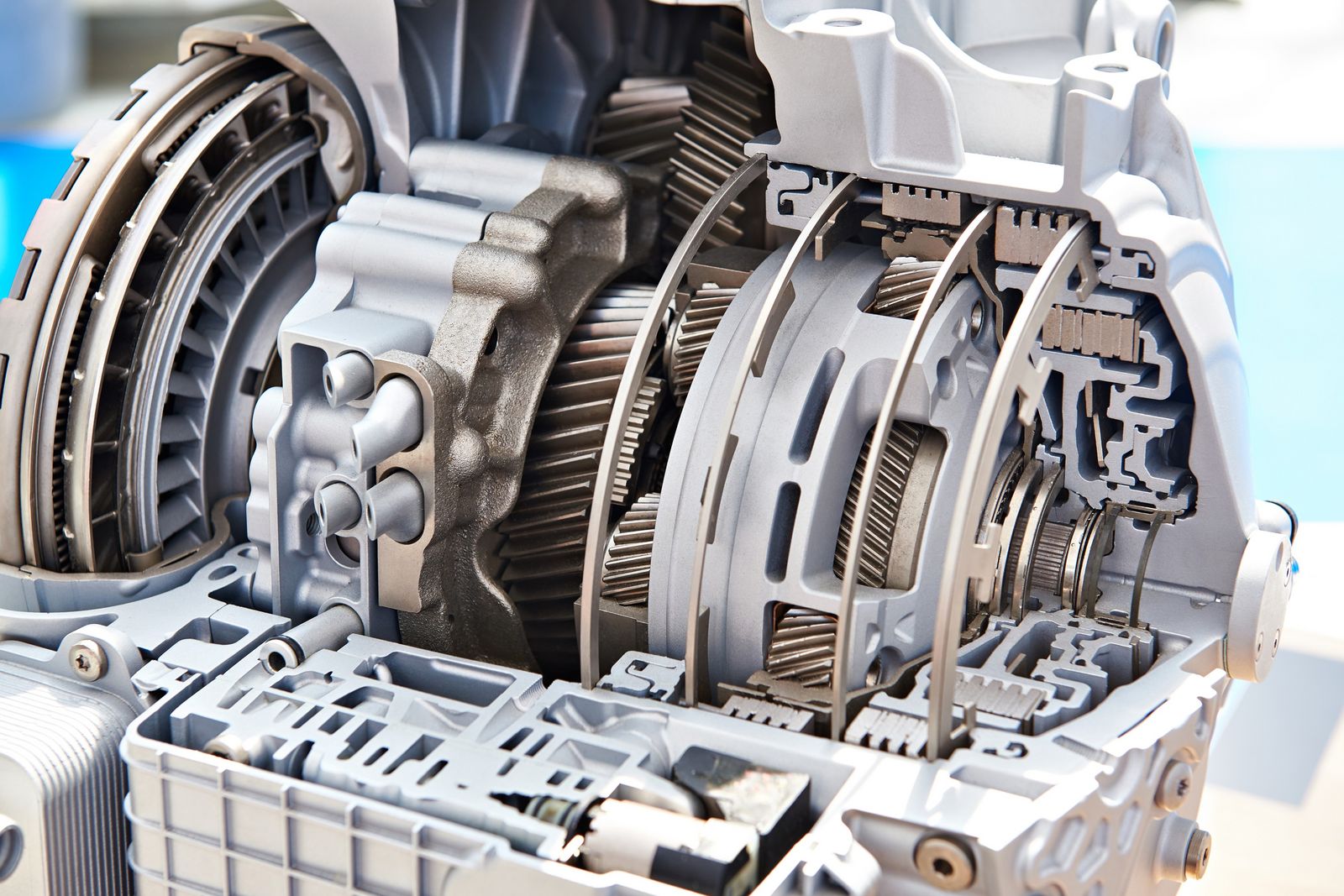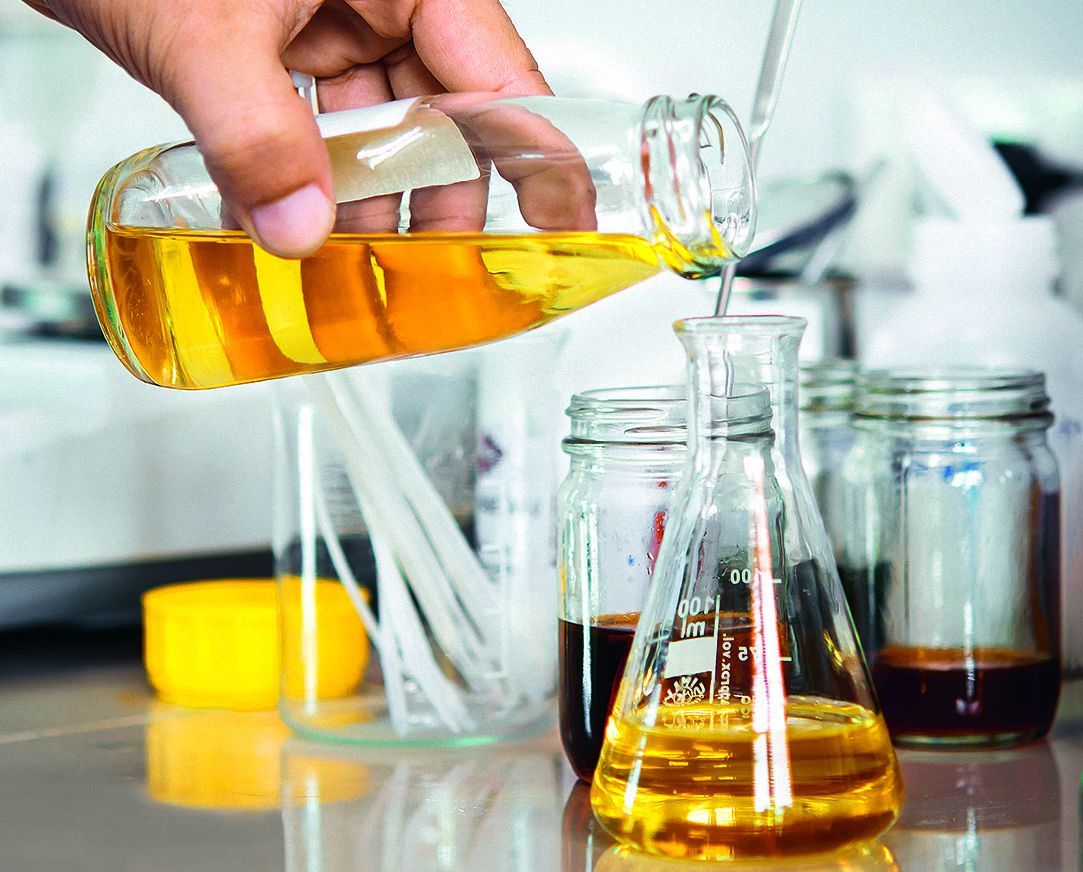Automatic Transmission Fluids
Background
Automatic transmissions continue to evolve with increasing numbers of gears, ever increasing torque levels, use of different friction materials and a drive towards greater fuel economy, all of which place a significant demand on the lubricant.
Automatic transmission fluid, or ATF is the most complex of all lubricating fluids. Not only does it have to reduce friction to prevent wear, but it also has to provide a carefully balanced level of friction to enable clutches and torque converters to operate efficiently. These competing demands highlight the importance of using a dedicated automatic transmission fluid.
In Europe, some planetary automatic transmissions are considered fill-for-life by the OEMs and transmission manufacturers. Consumer behavior and best practice have shown that although an original factory fill lubricant is developed to provide protection for the typical lifetime of a vehicle, comfort, responsiveness and optimum drivability dictate oil change intervals between 60,000 and 100,000km or every three years.
For DCTs the typical oil drain interval specified by the leading OEMs is 60,000 km or 3 years. CVTs also have recommended oil drain intervals. These differ greatly depending on the OEM and the severity of operation, but typically are in the range of 50,000 km to 80,000 km.
Components
The automatic transmission system uses a torque converter (also known as a fluid coupling) in place of a clutch, which transmits power using fluid flow between the turbine, stator and impeller blades.
Gear changes are accomplished by locking and unlocking a system of planetary gears, clutch packs and brake assemblies. These are operated by a high-pressure transmission fluid, which is pressurized by an oil pump.
The brake and clutch assemblies are controlled through a mechatronic unit. The mechatronic unit receives high-pressure fluid from the pump, which actuates the clutches and brakes on the various planetary gear sets so that the output gear ratio is changed.
Main components:
- The torque converter transmits power from the engine and acts like a clutch to launch the vehicle and allow it to come to a stop in gear while the engine is still running.
- Clutch packs and brake assemblies are used to engage and release the planetary gears so that the output gear ratio is changed.
- Planetary gear sets are the mechanical systems that provide the various forward gear ratios as well as reverse.
- The oil pump uses transmission fluid under pressure trough the valve body to work the clutches, which controls the planetary gear sets.
- Seals are used to keep the oil within the transmission and prevent it from leaking out.
- The mechatronic unit control shift points and directs electrical solenoids to shift oil flow to the appropriate component at the right instant.
The importance of a good ATF
The transmission plays a vital role for a vehicle. The transmission fluid enables cooling and lubrication, helping transmit force and pressure and also preventing the unwanted build-up of harmful sludge or contaminates. Incorrect or dirty transmission fluid can lead to problems such as loss of acceleration, difficulties in gear shifting and in worst-case scenarios, total transmission failure.
The advantages of using the correct dedicated ATF can provide real benefits in terms of:
- Longer fluid and hardware life: prevents premature aging of the lubricant and maintains film thickness and anti-wear performance, helping to reduce maintenance costs and extend transmission life
- Better shift feel: superior anti-shudder performance ensures smooth gear shifts making the ride more comfortable for the driver and the passenger
- Hardware compatible and fluid stability: helping to protect critical hydraulic pump components and preventing oil leakage
- Gear durability: protects parts from premature wear and helps breakage that can lead to expensive repairs and downtime
The performance of FUCHS ATFs is backed by a wealth of OEM approvals. You can check all ATF products available here.
Your FUCHS Team Product Management Automotive

Automatic Transmission
An automatic transmission is connected to the engine and transfers the engine’s power to the wheels. It can automatically change gear ratios as the vehicle moves, freeing the driver from having to shift gears manually. Whilst the description of what a transmission does is simple, it is a very complex piece of equipment containing hundreds of components working together to move the vehicle.

Key performance additives
The most important additives used in ATFs are:
- friction modifiers,
- detergents,
- dispersants,
- foam inhibitors,
- oxidation inhibitors,
- corrosion inhibitors,
- pour point depressants,
- seal swell agents
- anti-wear agents.
